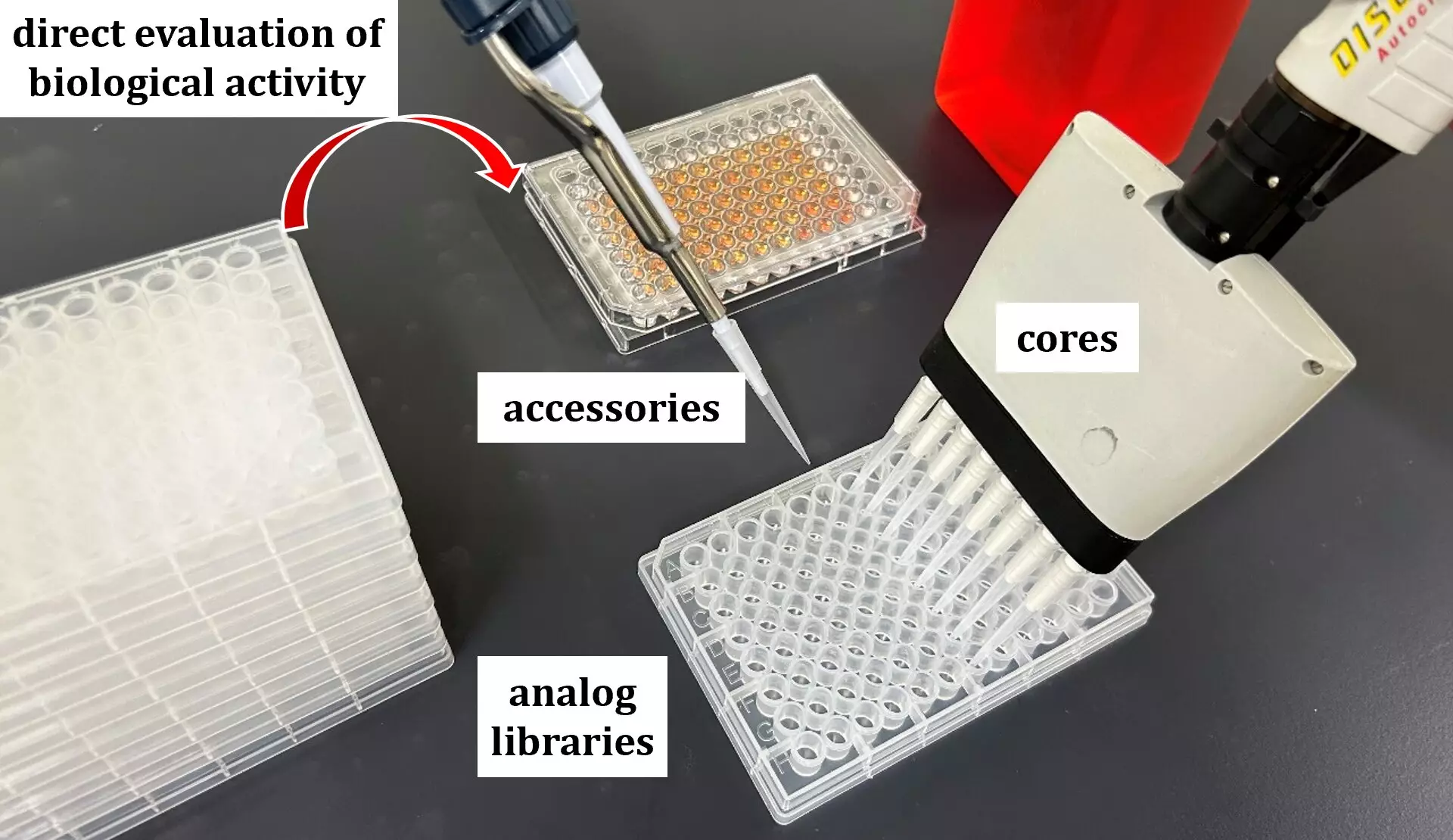Antimicrobial resistance (AMR) stands as one of the most daunting challenges facing modern medicine. Infections that were once manageable and treatable have transformed into lethal adversaries due to the rise of drug-resistant bacteria. As traditional antibiotics lose their effectiveness, a grave healthcare crisis unfolds, making it imperative for researchers to devise novel strategies for combatting these resilient pathogens. Current statistics reveal that AMR could lead to millions of deaths annually if not addressed effectively. Therefore, the ongoing endeavors of scientists globally—especially the team from Hokkaido University—offer a beacon of hope in this escalating battle.
A Breakthrough in Drug Discovery Techniques
Pioneered by Assistant Professor Kazuki Yamamoto and Professor Satoshi Ichikawa, the innovative approach to drug discovery introduced by the Hokkaido University team marks a pivotal advancement in finding new antimicrobial agents. Central to this breakthrough is the enzyme phospho-N-acetylmuramoyl-pentapeptide-transferase (MraY), which plays a critical role in bacterial survival. By targeting MraY, researchers are not merely exploring new frontiers; they are navigating toward effective solutions that promise efficacy against a variety of AMR bacteria.
The research details outlined in the journal Nature Communications reveal a well-thought-out method for identifying new MraY inhibitors. The researchers ingeniously deconstructed known inhibiting agents into distinct structural components: binding regions and activity modulators. This meticulous approach enabled the creation of an expansive library of over 600 MraY analogs. Such an analytical breadth is noteworthy, showcasing the potential to usher in a new generation of antibiotics grounded in robust scientific methodology.
The Power of Synthesis and Evaluation
Employing an adept combination of synthetic chemistry and biological evaluation, the research team devised a streamlined platform aptly dubbed the “in situ build-up library method.” By utilizing known classes of MraY inhibitors, and basing their endeavors on both natural product derivatives and synthetic modifications, they rendered the entire process efficient and productive. The method allows for real-time synthesis alongside biological testing, reducing time and resource expenditures while maximizing output.
The synthesis pivots around the formation of hydrazone bonds, a technical choice that simplifies the assembly of different drug analogs. This insight reflects not only significant technical skill but also an innovative approach that can be replicated for various other drug classes, thus broadening its applicability.
Promising Results and Future Implications
The culmination of the researchers’ efforts resulted in the identification of eight promising MraY inhibitor analogs. Noteworthy among these, analog 2 showed impressive efficacy against drug-resistant bacterial strains and was validated in live mouse models, clearing a vital hurdle for any potential clinical application. Such success in preliminary testing signals that the chosen candidates could safely progress toward human trials, amplifying hopes for new therapeutic options.
The implications extend beyond the immediate goal of battling AMR. Ichikawa’s comments underscore the method’s versatility, hinting that drugs used in oncology, such as epothilone B and vinblastine, can also benefit from this streamlined discovery process. The ability to create diverse analog libraries quickly not only saves precious time but also accelerates the pace of finding effective treatments across multiple medical domains.
A Light at the End of the Tunnel
As researchers continue the relentless pursuit of solutions to the AMR crisis, the contributions from Hokkaido University signify a formidable advancement in drug development. The integration of innovative synthesis techniques, alongside robust biological testing, has laid the groundwork for future antibiotics that could turn the tide in favor of healthcare providers battling drug-resistant infections. In a world where bacterial resilience grows stronger every day, the work of these experts serves as a reminder that hope is on the horizon—and that science, when combined with creativity and determination, can yield transformative results.

